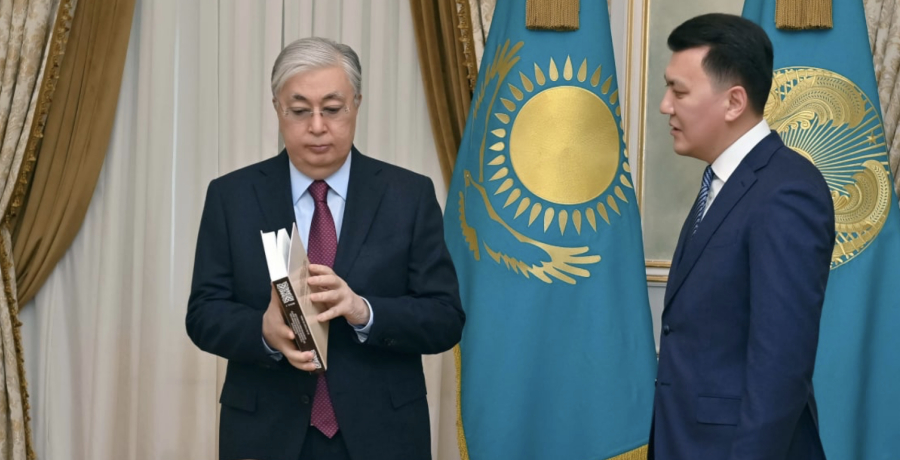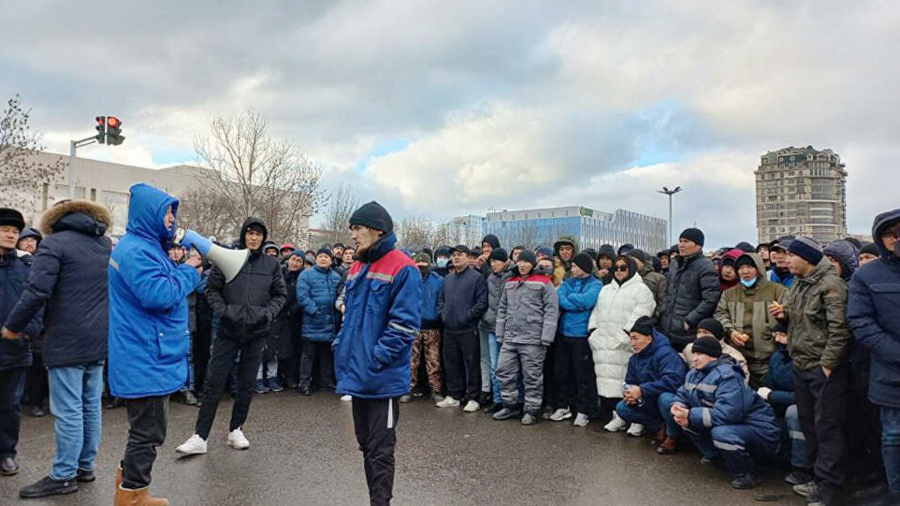
A scientist from the university
in Astana has invented a unique Kazakh sign language recognition system for
hearing and visually impaired people. With a development based on artificial
intelligence, they can easily communicate and receive various services without
the help of sign language interpreters. The program reads several variations of
one gesture, which are conventionally divided into component groups. Each of
them has a model of an artificial neural system.
“The system is based on a program
code that analyzes the text and converts the sound or text language into sign
language. Similarly, the system converts it into spoken language, then gives it
both in the form of text and sound. In addition, the system contains a special
simulator for sign language interpreters, teaching them a new sign language,” said
Nurzada Amangeldy, senior lecturer of the Faculty of Information Technologies
at Gumilyov Eurasian National University.
It took Nurzada Amangeldy about
five years to conduct the research and publish three scientific articles in top-ranking
global journals. The scientist plans to scale up the project and introduce the
system in public and state institutions. To commercialize the project, the
author submitted an application to the Science Fund for participation in a
grant funding competition.
“Few people today are familiar
with sign language, especially in education. Teenagers and kids in kindergarten
should be taught it first. The system will allow people with special needs to
overcome the language barrier in communicating with other people. They can study
at any free time, even at home, and answer all questions themselves,” shared
Zhangeldy Bekbatyrov, Vice President of the Kazakh Society of Deaf People.
In addition to the Kazakh language,
the smart system also recognizes Russian and international sign languages. Each
of them will soon be replenished with 3,000 new gestures and words.









